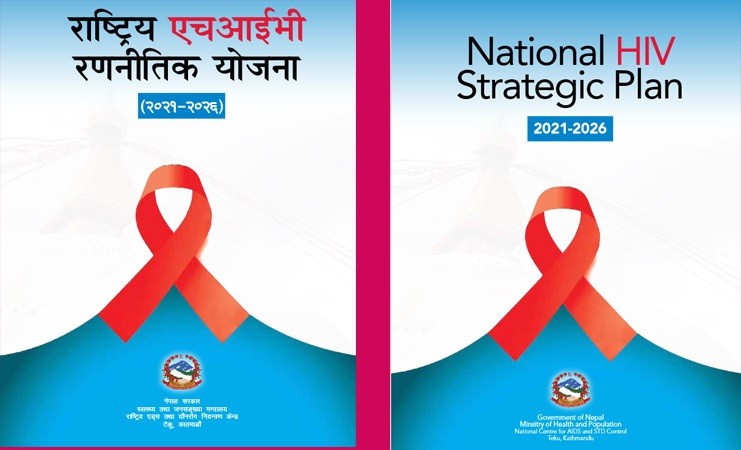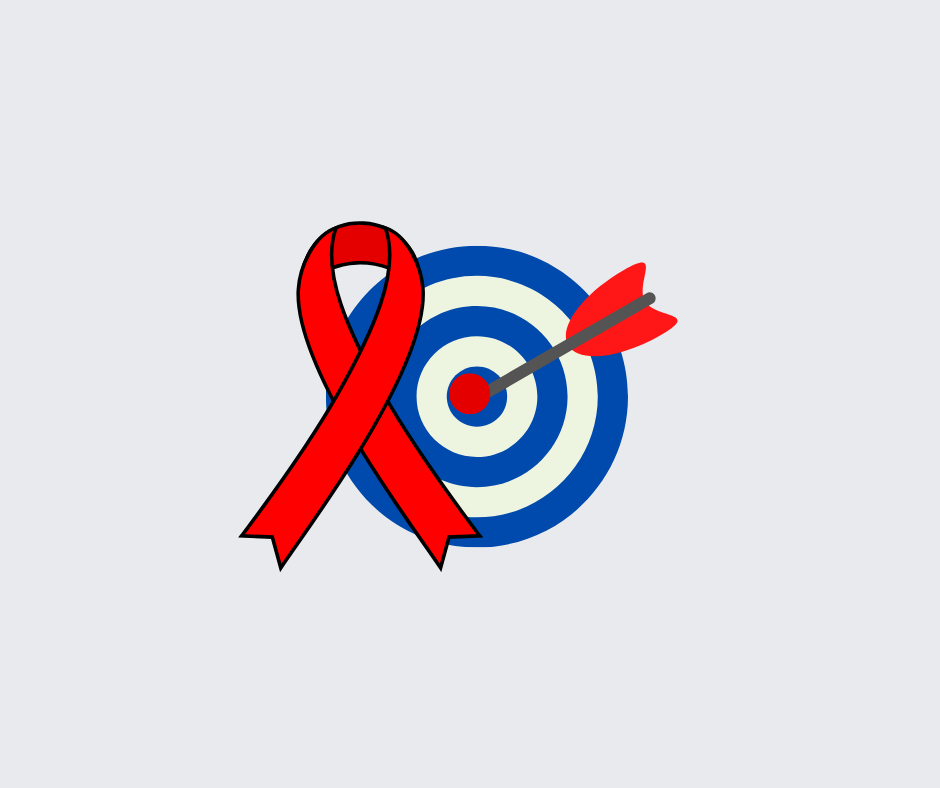


The strategy outlines a global vision, a global goal and a set of global targets, all of which are fully aligned with the vision, goal and targets of the multi-sectoral UNAIDS strategy and the Sustainable Development Goals.
Ending AIDS epidemic in Nepal by 2030
To provide inclusive, equitable and accessible services throughout the HIV care continum

1. Identify 95 % of the estimated PLHIV
2. Treat 95% of people diagnosed with HIV
3. Attain viral load suppression for 95 % of PLHIV on ART
4. Reduce 90% of new HIV infections (baseline as of 2010)
5. Eliminate vertical transmission of HIV
6. Achieve case rate of congenital syphilis of ≤50 per 100 000 live births
